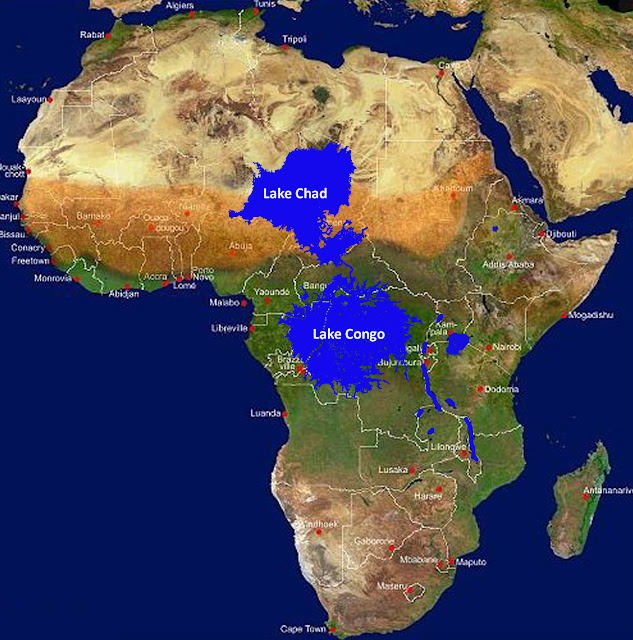
Sebastian Lippold1, Hongyang Xu12, Albert Ko1, Mingkun Li13, Gabriel Renaud1, Anne Butthof14, Roland Schröder1 and Mark Stoneking1 .(2014) Human paternal and maternal demographic histories: insights from high-resolution Y chromosome and mtDNA sequences. Investigative Genetics 2014, 5:13 doi:10.1186/2041-2223-5-13. http://www.investigativegenetics.com/content/5/1/13
There is a new article out on the histories of the human mtDNA and y-chromosome. The striking finding of the study of Lippold et all (2014) is that haplogroup M, is dated to 65-70kya. They wrote:
quote:This finding is interesting because the authors date the out of Africa (OoA) event to 60kya. It is interesting because it indicates that haplogroup M may have already spread across Africa before the OoA exit. This finding supports may previous work illustrating that hg M, probably expanded across Africa before the OoA event.
The age of the mtDNA ancestor is estimated to be about 160 thousand years ago (kya), and the ages of the non-African mtDNA lineages M and N are about 65 to 70 kya, in good agreement with previous estimates [54]. Our estimate for the age of the NRY ancestor is 103 kya based on the fast rate, and 165 kya based on the slow rate; however these estimates do not include the recently-discovered ‘A00’ lineage [41], which would result in much older ages for the NRY ancestor. The close agreement between the slow NRY ancestor age (165 kya) and the mtDNA ancestor age (160 kya) might be taken as evidence in favor of the slow NRY mutation rate. However, the slow NRY mutation rate gives an estimated age for the initial out-of-Africa divergence of about 100 kya, and an age for the divergence of Amerindian-specific haplogroup Q lineages of about 20 kya, while the fast rate gives corresponding estimates of about 60 kya for out-of-Africa and about 12.5 kya for Amerindian haplogroup Q lineages, in better agreement with the mtDNA and other evidence for these events [54-57].



